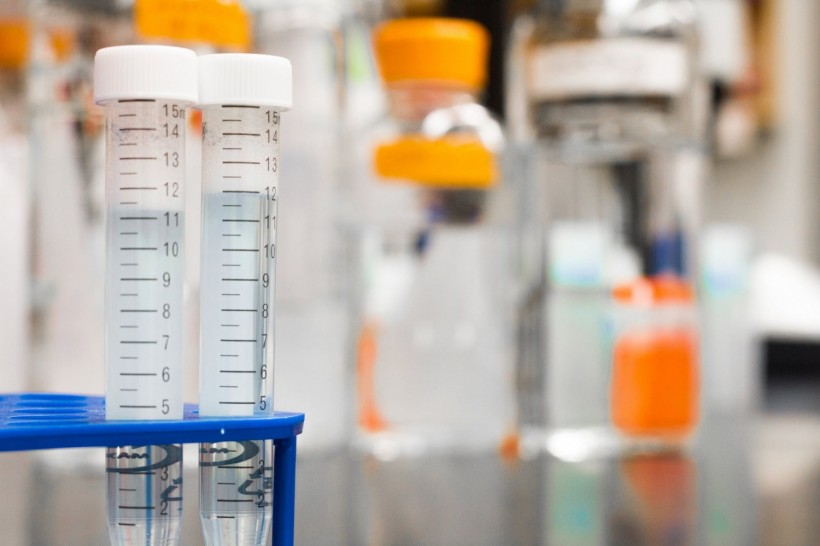A man from India developed a weird, eggshell-like material around his testicle, and experts say that this is the result of a very rare reaction to a chronic infection. According to a new report of the bizarre case, the 80-year-old first went to the doctor because he was experiencing symptoms of a urinary tract infection, and it included blood in his urine. The report was published on January 6, 2020, in the journal BMJ Case Reports.
That is when the doctors discovered that he had an enlarged and a stony hard right testicle. The CT scans then revealed that he had a fluid-filled sac around his testicle that had begun to calcify or harden with deposits of calcium.
Development of hydrocele
The hydrocele, or the fluid-filled sac, is not a part of the typical anatomy of the scrotum, but it can eventually develop in response to an infection. The development of a hydrocele is very common, especially in newborn males, and it typically disappears without treatment within 12 months. But it can also happen in older men in response to inflammation or even injury.
The most common cause of the hydrocele is lymphatic filariasis. It is an infection that is caused by certain species of parasitic worms. The larvae of these parasites are transferred to humans through mosquito bites, and they also develop into adults in human lymphatic vessels. The worms are usually found in tropical regions, including India, where 40% of the world's cases of lymphatic filariasis occur.
Around 25 million men globally who were affected by lymphatic filariasis had hydroceles, and 15 million men around the world who were affected by lymphatic filariasis had lymphedema. also known as the swelling in the legs or arms, according to a 2019 update from the World Health Organization.
However, it is very uncommon for the sac to start to harden just like an eggshell. In 1935, a complication of the sac was first described in a case. This eggshell calcification of the scrotum showed that there is some sort of chronic infection within the hydrocele, according to the report.
The infection usually can be treated with anti-filarial drugs, however, there are times wherein it may need surgery or other measures like specialized skincare and exercises, according to the report. The authors did not elaborate much on the specific treatment that their patient received. They also recommended that the people living in areas with a high risk of these infections should be treated every year with anti-filarial drugs.
Lymphatic filariasis prevention
The avoidance of mosquito bites through personal protection measures or even through community-level vector control is the best option to prevent lymphatic filariasis. The periodic examination of blood for infection and initiation of recommended treatment are also a good way to prevent clinical manifestations.
Management of symptoms
In order to correct hydrocele, one can undergo very simple and well-known surgical procedures. This is because secondary bacterial infection plays a very important role in precipitating acute aden adenolymphangitis episodes and the progression of lymphoedema.
One of the most important roles in preventing episodes of acute disease and management of lymphoedema is simple hygiene measures, either alone or in combination with antibiotic treatment. The daily washing of affected limbs with water and soap can help prevent secondary infection, plus combining it with simple exercises, the treatment of cracks and entry points and the elevation of the limbs, can provide significant relief from acute episodes and slow progression of the disease.
ALSO READ: Lab-Grown Testicles Can Help Injured Soldiers -- Research















